
Join 10k+ people to get notified about new posts, news and tips.
Do not worry we don't spam!
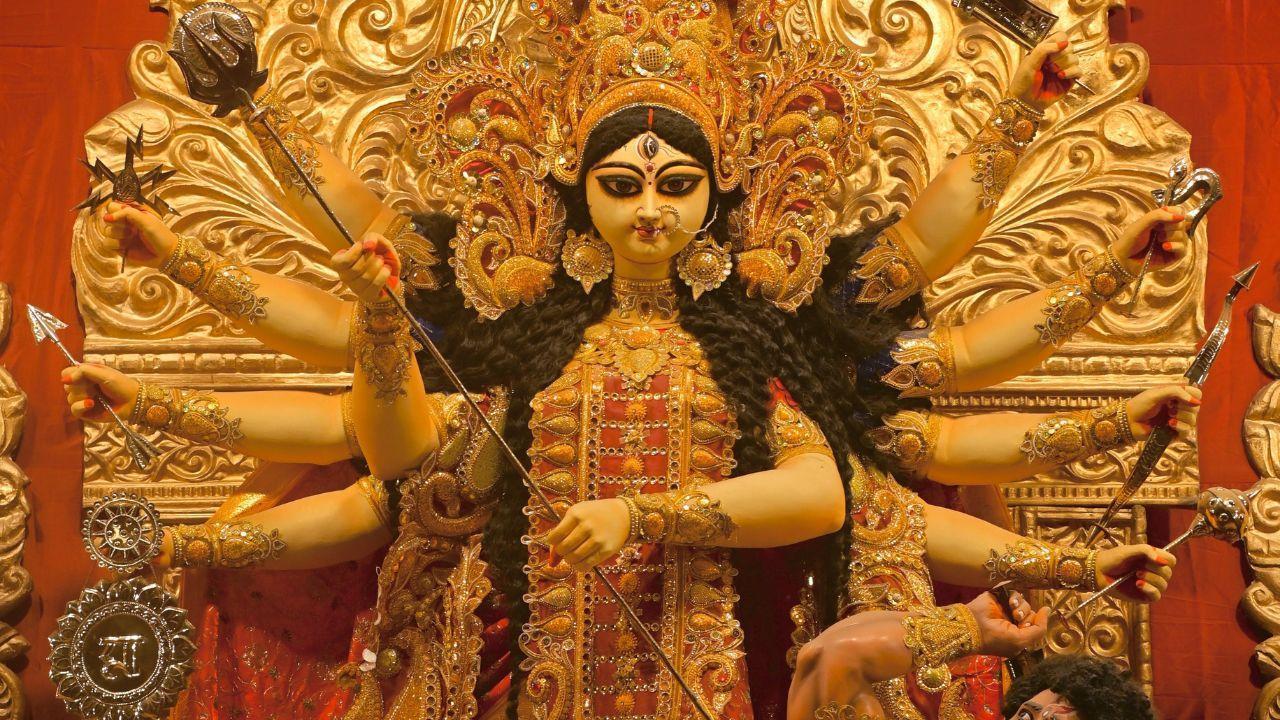
Post by : Jyoti Singh
Navratri is one of the most sacred and widely celebrated festivals in India. The word Navratri means “nine nights,” and during these nine days, devotees worship Goddess Durga in her different forms. Navratri is not only a religious festival but also a cultural celebration filled with dance, devotion, fasting, music, and togetherness.
Every year, millions of people in India and around the world celebrate Navratri with faith and joy. From traditional rituals in temples to Garba and Dandiya nights in communities, Navratri represents the power of Shakti (divine feminine energy).
The story behind Navratri comes from ancient scriptures. It is believed that Goddess Durga fought the demon Mahishasura for nine days and nights and finally defeated him on the tenth day, which is celebrated as Vijayadashami or Dussehra.
Thus, Navratri stands as a symbol of victory of good over evil, truth over lies, and light over darkness. It reminds us that with courage and faith, we can overcome every challenge in life.
Each day of Navratri is dedicated to a different form of Goddess Durga.
Shailputri – The daughter of the mountains.
Brahmacharini – The form of meditation and wisdom.
Chandraghanta – Symbol of bravery.
Kushmanda – The creator of the universe.
Skandamata – Mother of Lord Kartikeya.
Katyayani – The warrior goddess.
Kaalratri – The destroyer of darkness.
Mahagauri – The symbol of purity.
Siddhidatri – The giver of blessings.
By worshipping these forms, devotees seek blessings of health, happiness, strength, and peace.
Fasting – Many people observe fasts during Navratri as a form of devotion and purification. They eat fruits, milk, and light meals.
Kalash Sthapana – On the first day of Navratri, a sacred pot is placed in homes and temples as a symbol of energy and prosperity.
Aarti and Bhajans – Devotees gather for prayers, singing hymns, and chanting mantras.
Kanya Pujan – On the eighth or ninth day, young girls are worshipped as forms of the Goddess, and they are offered food and gifts.
Garba and Dandiya – In Gujarat and many parts of India, people perform Garba and Dandiya dances during the nights of Navratri, making it a colorful cultural festival.
Fasting in Navratri is not just about devotion, it is also about health and discipline. People avoid grains, onions, garlic, and non-vegetarian food. Instead, they eat:
Fruits, nuts, and milk.
Dishes made from singhara flour, kuttu flour, or sabudana.
Special sweets prepared without grains.
These foods keep the body light and spiritually focused during Navratri.
Navratri is celebrated differently across India:
North India – People organize Ram Leela plays, showing the life of Lord Rama, and celebrate Dussehra with the burning of Ravana’s effigies.
West India (Gujarat) – Garba and Dandiya dances are the heart of Navratri celebrations. Women wear colorful traditional dresses called chaniya choli, and men wear kediyu.
East India (West Bengal) – Navratri merges with Durga Puja, where grand idols of Goddess Durga are worshipped, followed by cultural events.
South India – Families arrange “Golu” displays of dolls and worship Goddess in different forms.
Every region adds its own beauty and uniqueness to Navratri.
Navratri teaches deep spiritual lessons:
It reminds us to remove negativity and bring positivity.
It inspires us to respect women as forms of divine energy.
It encourages self-control through fasting and prayer.
It teaches discipline, unity, and devotion.
Even today, Navratri is celebrated with equal excitement. Technology has made it possible for people abroad to join online bhajans, arti, and live-streamed Garba nights. Fashion industries also launch new traditional collections especially for Navratri, and food brands introduce fasting-friendly products.
The festival continues to connect the younger generation with culture and traditions.
At its heart, Navratri is the worship of Shakti – the power of women. It reminds us that women are not just caretakers but also strong protectors. Navratri motivates society to respect women, educate them, and support them in every field of life.
Navratri is more than a festival. It is devotion, culture, joy, and discipline combined. From the worship of Goddess Durga to the colorful dances of Garba and the lessons of good over evil, Navratri brings people together in spirit and celebration.
By keeping the traditions alive and blending them with modern values, Navratri continues to inspire generations.
This article is written for cultural and informational purposes. The details about Navratri are based on traditional practices and beliefs. Readers are encouraged to follow rituals according to their family customs and consult spiritual leaders for proper guidance. NewsibleAsia and the writer are not responsible for any personal religious decisions taken based on this content.Navratri Festival: Tradition, Worship and Celebration of Shakti.








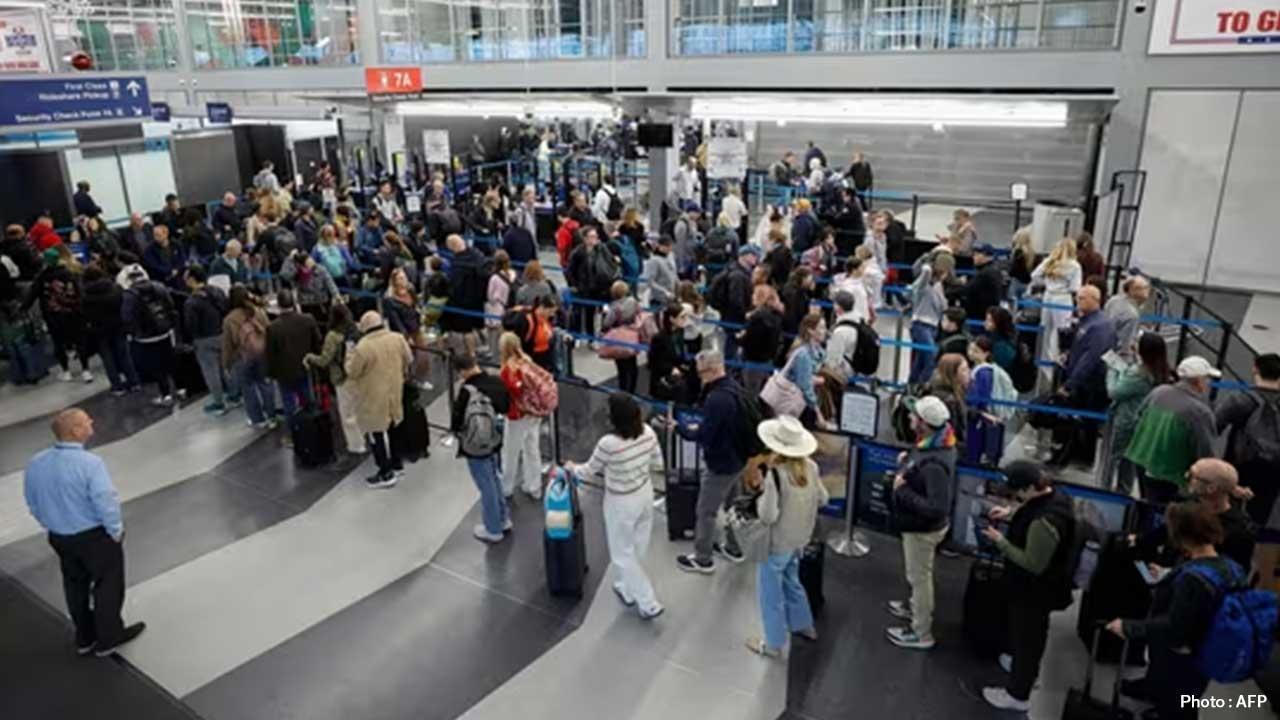
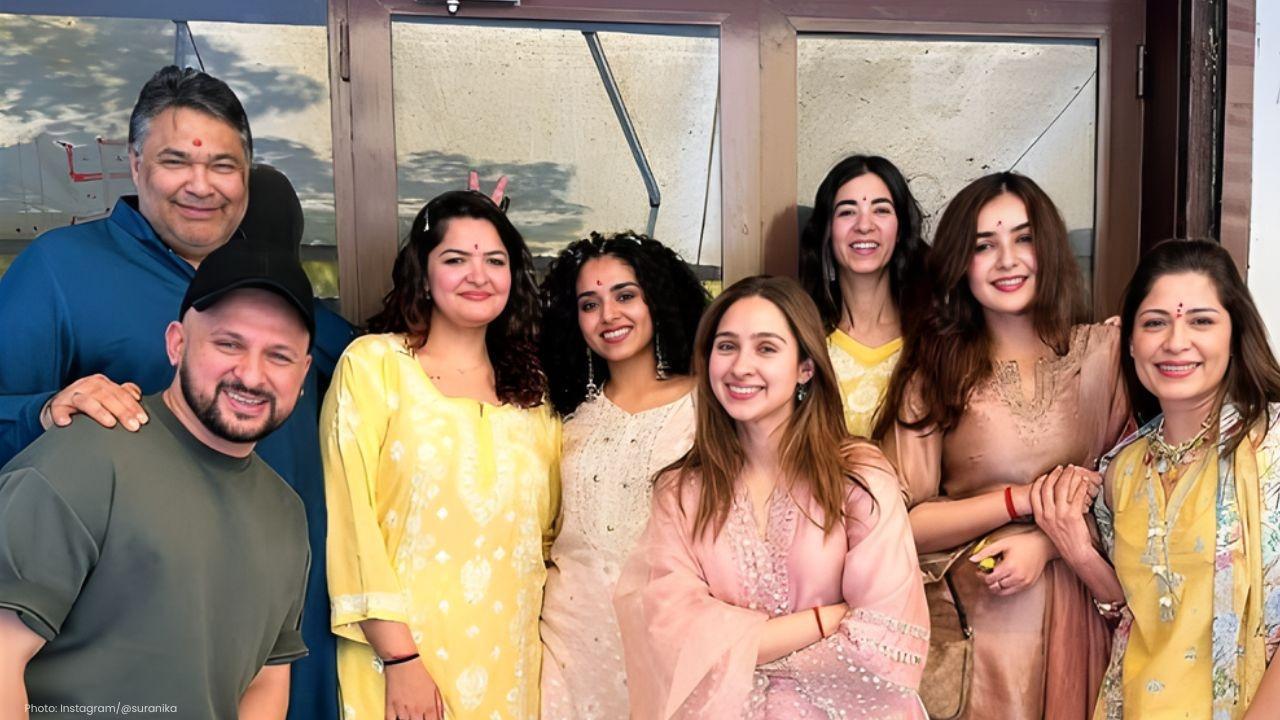
Suranika Roshan Celebrates Bakery Launch with Saba Azad's Support
Suranika Roshan opens her bakery, The Moon Beam Bakery, as Saba Azad shares an encouraging message o

Jets Make History with Unprecedented Special Teams Touchdowns
In a landmark game, the Jets scored two touchdowns on special teams, making franchise history with a
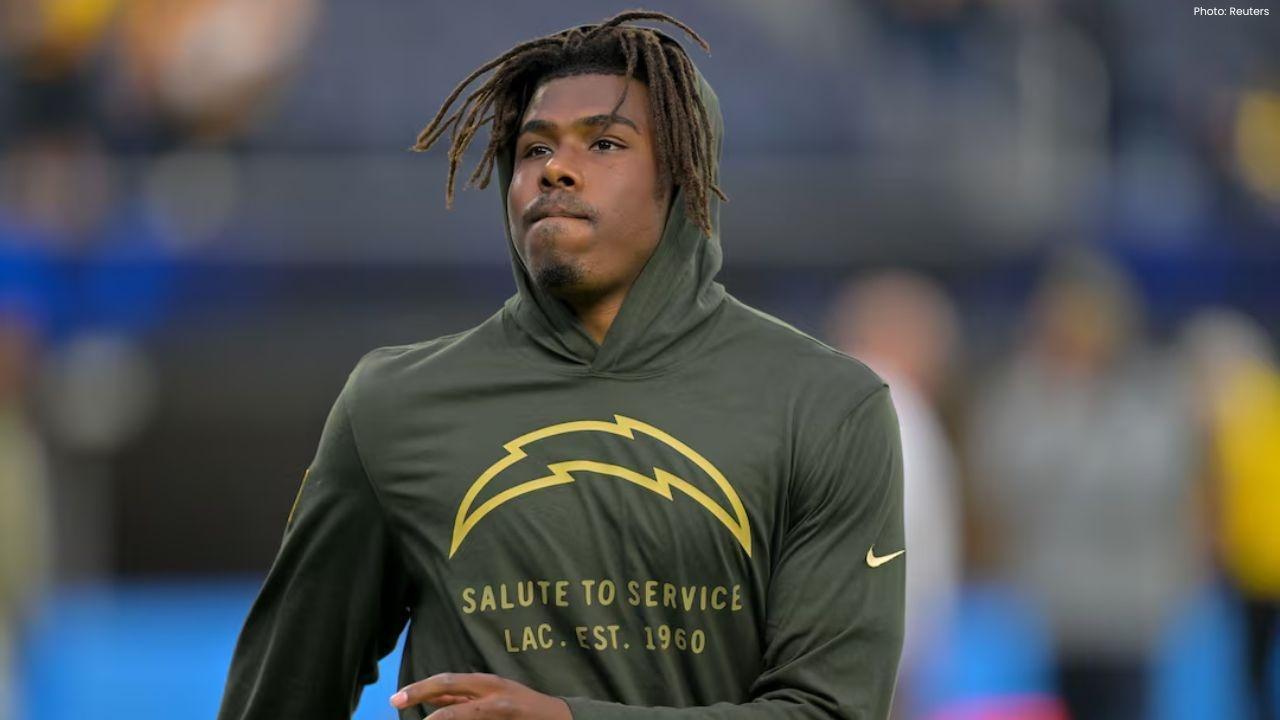
Chargers Secure 25-10 Win Over Steelers with Strong Defense and Herbert's Leadership
Los Angeles Chargers triumphed over the Pittsburgh Steelers 25-10, showcasing a formidable defense a

Rams Triumph Over 49ers; Adams Left with Minor Oblique Injury
The Rams secured a 42-26 win against the 49ers, but Davante Adams left the game in the fourth quarte
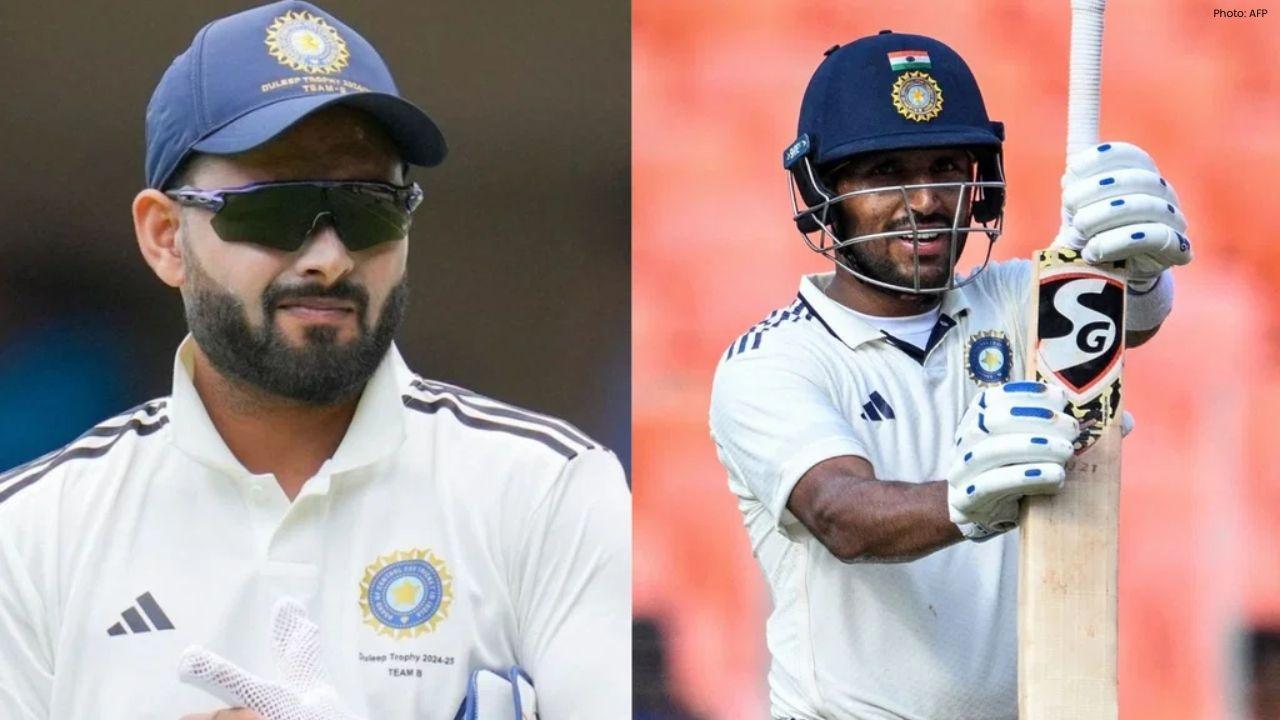
Jurel's Stellar Performance Raises Selection Dilemmas for India
Ahead of the South Africa Tests, Dhruv Jurel's impressive form complicates team selection as Rishabh

Ryan Williams Embraces Indian Identity, Joins Football Camp
Ryan Williams has transitioned from Australia to India, joining the national football camp in Bengal